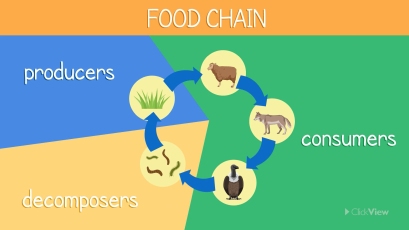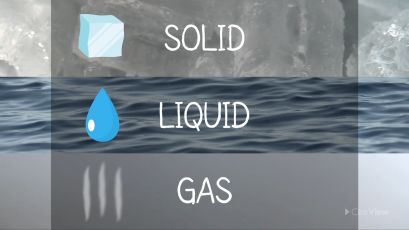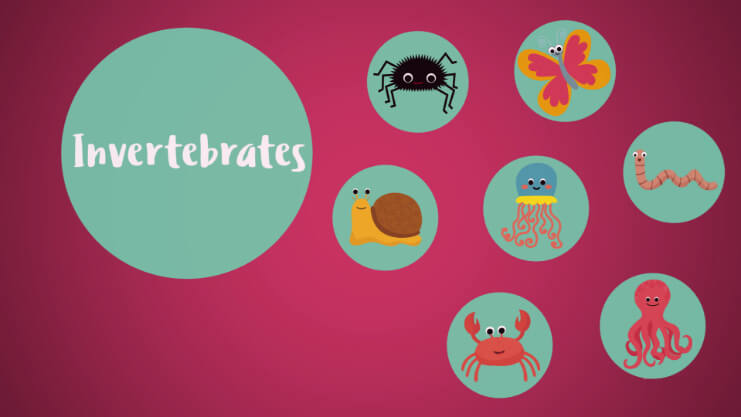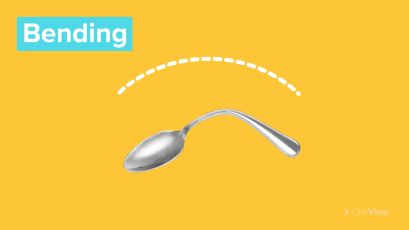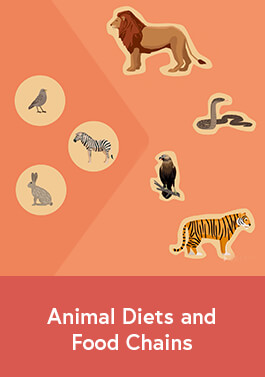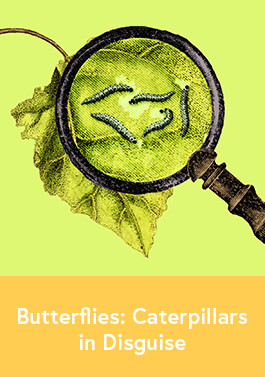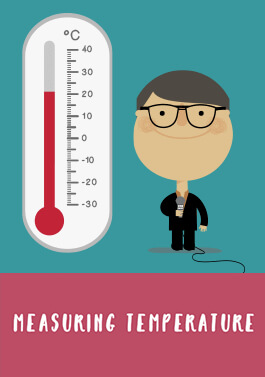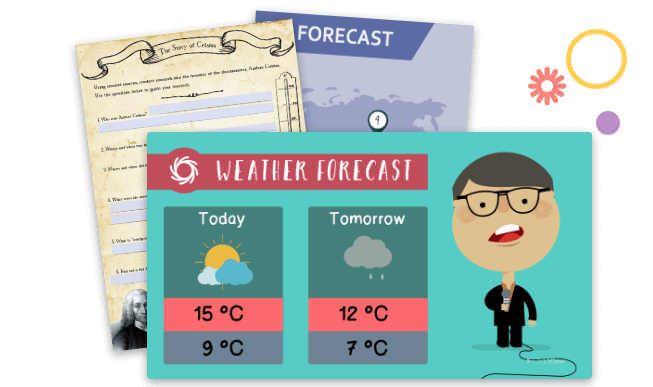Science resources for primary schools
Use video to answer questions like, ‘Can I bend spoons with my mind?’ in your primary Science lessons.
The ClickView collection includes hundreds of educational videos and resources for primary Science, spanning topics including physics, energy, sustainability, the water cycle, space, electricity, biology and more.
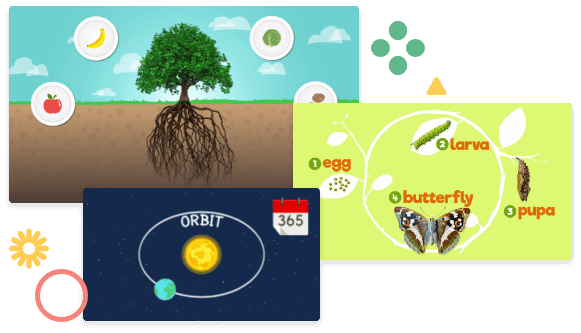
Free primary Science videos to heighten student understanding
High-quality video is a powerful teaching tool for any learning level. Use it in the primary classroom to clarify various concepts or help students revise for Science quizzes. By using interactive video to promote oracy, you can formatively assess your students to check their understanding or track their progress through a unit of work. Our most frequently accessed Science videos are available free, for a limited time. Find out more about how you can work with ClickView and your library team to create a deeper understanding of Science through video.
For access to all ClickView videos and bonus teaching resources, start your free trial
Get free videos sent to your inbox
Send me free videosCheck out all primary Science videos available in the ClickView library
See full list of primary videos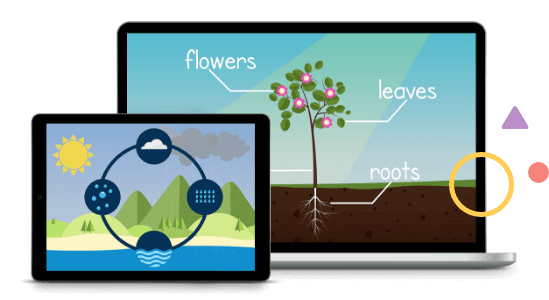
Explore hundreds of curriculum-aligned primary Science resources
With a ClickView subscription, you can watch all videos and download the primary Science teaching resource pack for any video. These resources, designed with subject experts and aligned to the curriculum, include lesson plans and downloadable classroom activities, to complement each video. Use them as they are or adapt and embed them into your LMS for classroom use.
Lesson Plans
Benefits

Short, sharp and engaging
Explore award-winning educational Science content, including ClickView-produced series, feature films and Freeview TV content. Video is an engaging tool for teaching many topics within the primary Science curriculum, such as energy, sustainability, the water cycle, space, electricity, biology and more. Short, sharp Miniclips are designed to capture the attention of primary students.

Track student progress
Use interactive video in the primary classroom to clarify various concepts or help students revise for Science quizzes. Add question layers to any video in the collection to help you check student understanding or track their progress through a unit of work.

Classroom-ready content
High-quality video can be a powerful teaching tool for students in Key Stage 1 and Key Stage 2. We’ve made sure to classify each video in our collection, so you can be sure there’s no ads or inappropriate content included with your viewing. Our Science content library includes engaging clips on topics including habitats, planets, the food chain and more.

Designed with subject experts
We collaborate with a team of subject experts to make sure all our world-leading content aligns with the National Curriculum and Curriculum for Excellence. Each video comes with a downloadable teaching resource pack, including lesson plans and classroom activities designed with our educational experts.
Helpful teaching strategies
ClickView content, along with various teaching strategies, helps support learning objectives in the primary Science classroom. Playlists can be used for differentiated teaching, while worked examples and explicit teaching help explain scientific concepts. Access our full range of teaching strategies resources ready to apply to your KS1 or KS2 classroom.
